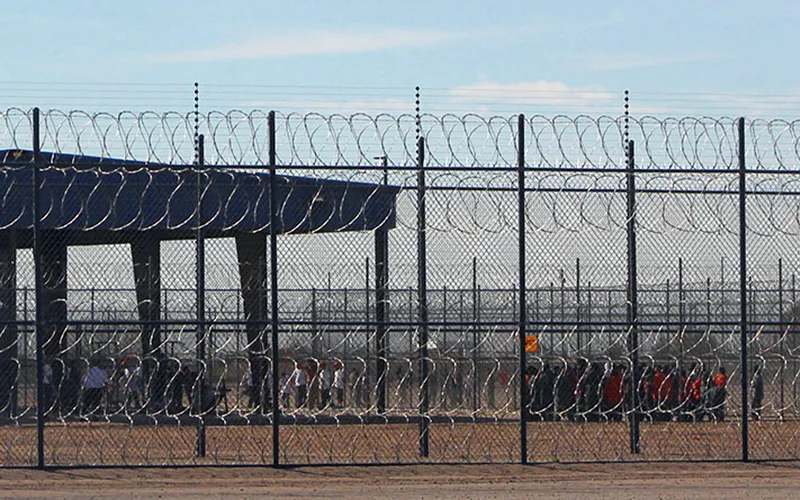
Immigration and Customs Enforcement detainees gather in the yard at the Eloy Detention Center in this 2017 photo. (File photo by Charlene Santiago/Cronkite News)
WASHINGTON – Solitary confinement at immigration detention centers has surged since President Donald Trump returned to office, even as the Department of Homeland Security’s internal oversight network has been gutted.
Immigration and Customs Enforcement facilities in Arizona account for much of the increase.
The rise in solitary confinement tracks a major expansion of immigration detention during the second Trump administration.
ICE held about 60,000 people as of Sept. 21, the most recent data available. In the prior month, 1,151 detainees were held in isolation for at least one day – the most ever. The count has topped 1,000 every month since April.
RELATED: ICE’s use of full-body restraints during deportations raises concerns over inhumane treatment
By comparison, in November 2024 – the month Trump won his second term but with President Joe Biden still in office – ICE held 551 people in isolation.
“The vast majority of people are … not there under criminal conditions, and so they don’t need to be detained” in isolation, said Katherine Peeler, the lead investigator on a recent report from Physicians for Human Rights on ICE’s use of solitary confinement.
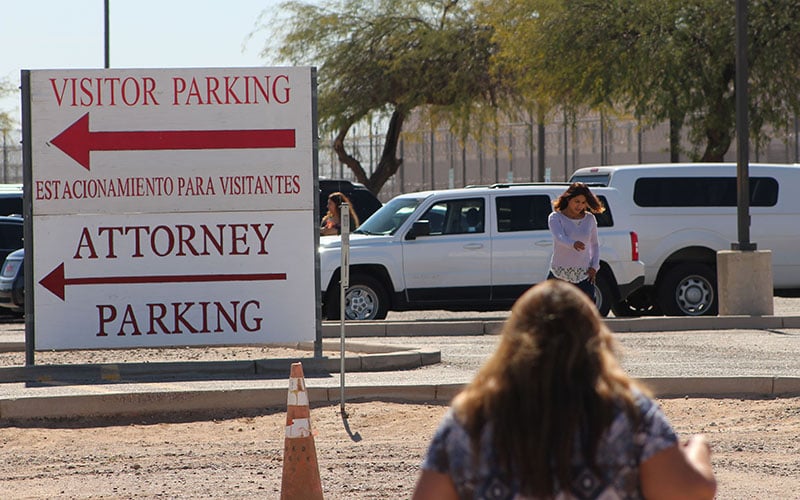
“We need to recognize people’s humanity who are seeking refuge at our shores,” said Peeler, a Harvard Medical School professor who runs an immigration advocacy lab.
DHS defends the conditions at its facilities.
“ICE has higher detention standards than most U.S. prisons that hold actual U.S. citizens,” DHS Assistant Secretary Tricia McLaughlin said in an email statement. “The average illegal alien gets far more due process than most Americans.”
McLaughlin said ICE is “regularly audited and inspected by external agencies to ensure that all ICE facilities comply with performance-based national detention standards.”
Human rights groups have long criticized the Eloy Detention Center, one of six ICE facilities in Arizona.
Midway between Phoenix and Tucson, Eloy has a capacity of 1,550 adults. It held 1,402 people as of mid-September, according to ICE data – about double the average daily population in mid-2022.
The average length of stay at Eloy is 44 days. ICE doesn’t report the average length of solitary confinement.
The facility opened in 1994. DHS runs it under contract with owner CoreCivic, a private prison company.
A scathing October 2024 report from Detention Watch Network called Eloy “one of the most controversial immigration detention facilities in the United States,” citing an unusually high number of deaths in custody.
Liz Casey – an advocacy social worker with the Florence Immigrant and Refugee Rights Project, which has filed dozens of complaints alleging medical neglect, abuse by guards and “egregious use of segregation” at Eloy, especially for detainees with serious mental illness – rejected the comparison to prisons for convicted criminals.
“This is civil detention,” she said. “Of course it should be better than prison. None of this is supposed to be punitive.”
People held in segregation –ICE’s term for solitary confinement – at Eloy are confined for “about 23 and a half hours a day,” with recreation limited to 30 minutes a day, alone, in a small yard, according to Casey.
They are allowed to shower only three times a week, cannot visit the library and can use only a small caged computer area for legal work, she said.
Food is brought to their cells. They are often cut off from family and legal visits, and are sometimes allowed to speak with attorneys only through glass.
A September report from the DHS inspector general found that staff at Eloy “did not fully comply” with standards for use of force, communication with detainees, access to legal materials, segregation, personal hygiene and recreation.
The Arizona Democracy Resource Center said in an email statement that “use of solitary confinement is inhumane and no one deserves to endure such punishment for simply seeking a better future for themselves in this country.”
In August, the most recent month with data available, ICE held 136 asylum seekers and other immigrants in isolation at Eloy and five other Arizona facilities – nearly 12% of the nationwide total and almost triple last year’s monthly average.
ICE tracks solitary confinement for disciplinary and security reasons, for medical or mental health, and for protective custody.
The agency classifies about one in four detainees as “convicted criminals,” a designation that covers both serious felonies and minor offenses such as illegal entry into the U.S., fishing without a permit, failure to keep a dog on a leash and driving with a broken taillight.
McLaughlin, the DHS official, said the department is working “at turbo speed” to remove “the worst of the worst including gang members, pedophiles, terrorists, rapists, and murderers. Despite a historic number of injunctions or activist group complaints, we are working rapidly overtime to remove these aliens from detention centers to their final destination – home.”
Time spent in solitary confinement has spiked for detainees deemed a security threat – from about 30 days in the second quarter of 2022 to 115 days in the most recent quarter.
But many of the detainees put into segregation aren’t deemed dangerous. Rather, they’re classified as vulnerable and in need of protection from others.
ICE data show that detainees in protective custody at some point during the second quarter of 2022 spent an average of 19.5 days in segregation. For the period July to September this year, the average was 120 days – in other words, they spent the entire three-month period in isolation.
Immigrant advocates acknowledge that some detainees are at higher risk of being assaulted, but say routine isolation isn’t the right response by ICE.
Last year, Immigration Equality issued a report with the National Immigrant Justice Center and Human Rights First documenting high rates of physical and sexual violence, verbal abuse and poor medical care; and frequent use of solitary confinement for LGBTQ and HIV-positive people.
“Many LGBTQ people continue to report sexual abuse, harassment and violence because of their identity,” said Liza Doubossarskaia, a staff attorney at Immigration Equality, adding that ICE facilities “lack effective systems to protect LGBTQ people from harm.”
Until November 2024, ICE reported between 500 and 600 people in solitary confinement each month.
The sharp rise began in December.
Previously, only cases involving immigrants with “special vulnerabilities” or confinement lasting at least 14 days in a row or 14 days within a three-week span had to be reported. Since then, the agency has required facilities to report every solitary placement.
“The change in reporting requirements likely accounts for much of the initial increase in reported solitary confinement use between November and December 2024,” said the September report from Physicians for Human Rights, titled “Cruelty Campaign: Solitary Confinement in U.S. Immigration Detention.”
But “the continued rise thereafter suggests a substantive increase in the actual use of solitary confinement,” the report said.
The report – prepared by Peeler along with faculty and students from Harvard Law School – found that people with medical or mental health conditions are often placed in isolation despite ICE policies reserving that step as a last resort.
The report notes that solitary confinement can lead to post-traumatic stress, self-harm, suicide risk, brain damage and hallucinations.
The Trump administration has decimated the DHS oversight offices that would handle complaints about mistreatment of detainees.
A court filing by Robert F. Kennedy Human Rights, an advocacy organization, showed that staff at the department’s Office for Civil Rights and Civil Liberties has gone from about 150 to 22.
At the Office of Immigration Detention, the ombudsman’s office has dropped from 110 to 10. At Citizenship and Immigration Services, the ombudsman staff has gone from 44 to eight.
“These agencies are essentially eliminated,” Casey said. “We’re just hearing a lot more instances of guards being … verbally and physically abusive to people inside, a lot of discrimination, just a lot of inhumane comments, racism.”
“There’s really no oversight at the detention facilities anymore,” she said.
This article first appeared on Cronkite News and is republished here under a Creative Commons Attribution-NoDerivatives 4.0 International License.
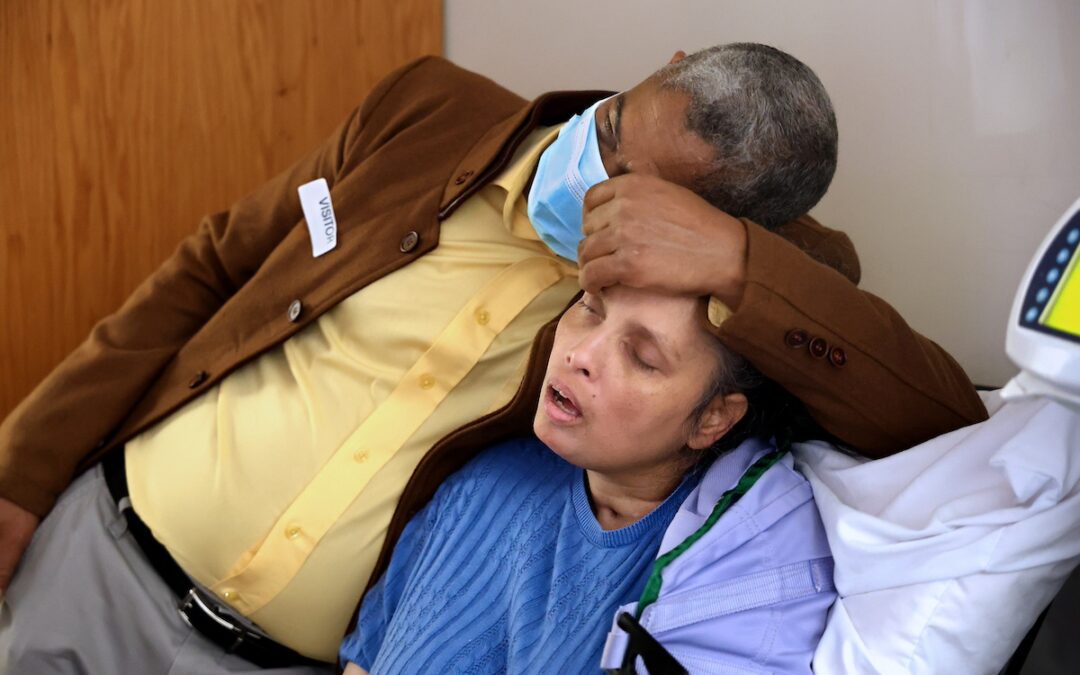
Without insurance, immigrant patients may face unregulated ‘medical deportation’
ALLENTOWN, PA. (AP) — Junior Clase’s cluttered kitchen table paints a picture of his life in the United States. Scattered across it are bottles of...
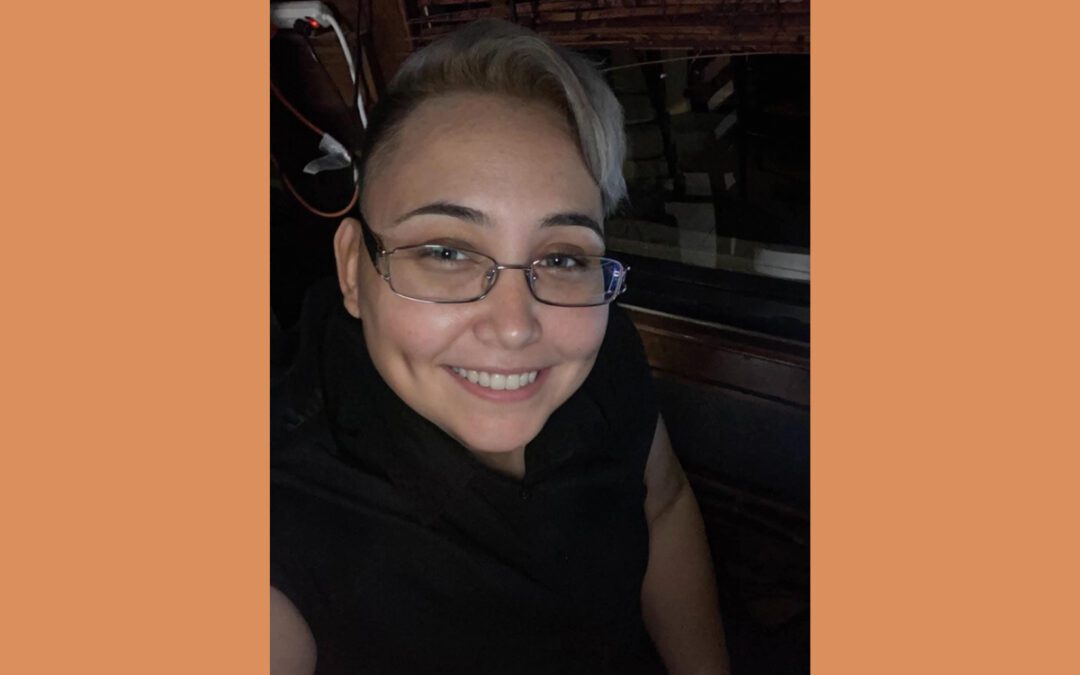
Phoenix woman with leukemia has been without medical care in ICE detention for 7 months
Arbella “Yari” Rodríguez Márquez, a former legal permanent resident whose permanent residency was revoked by a federal immigration judge, suffers...
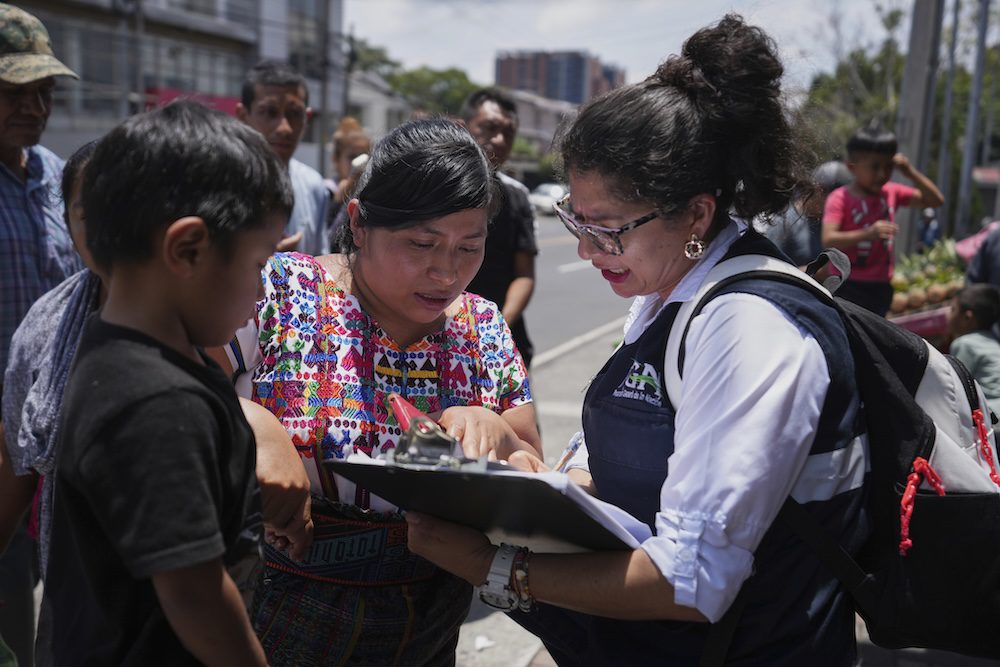
What to know about Guatemalan migrant children and efforts to send them home
Over Labor Day weekend, the Trump administration attempted to remove Guatemalan children who had come to the U.S. alone and were living in shelters...

US deportation flights hit record highs as carriers try to hide the planes, advocates say
SEATTLE (AP) — Immigration advocates gather like clockwork outside Seattle's King County International Airport to witness deportation flights and...




